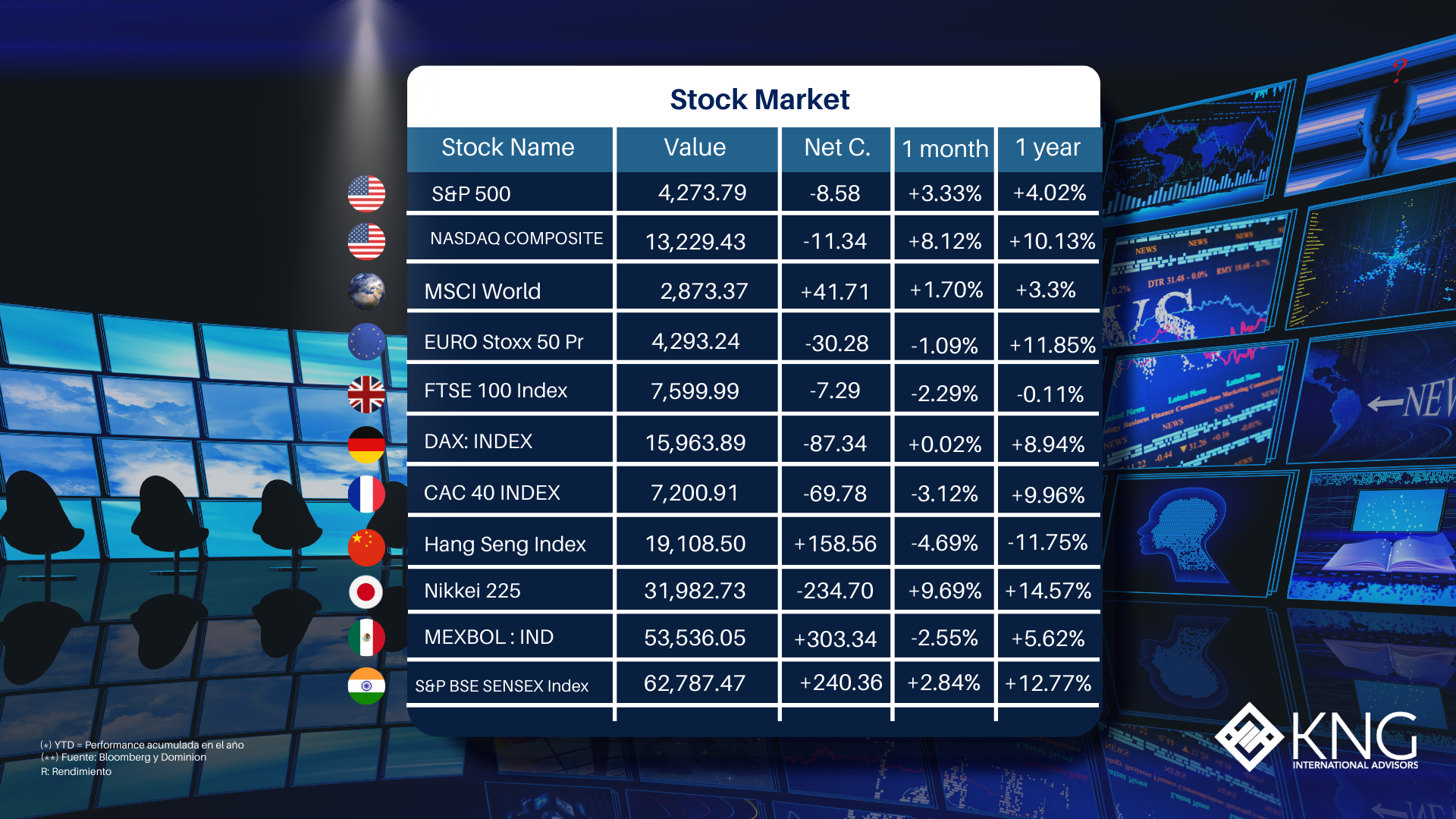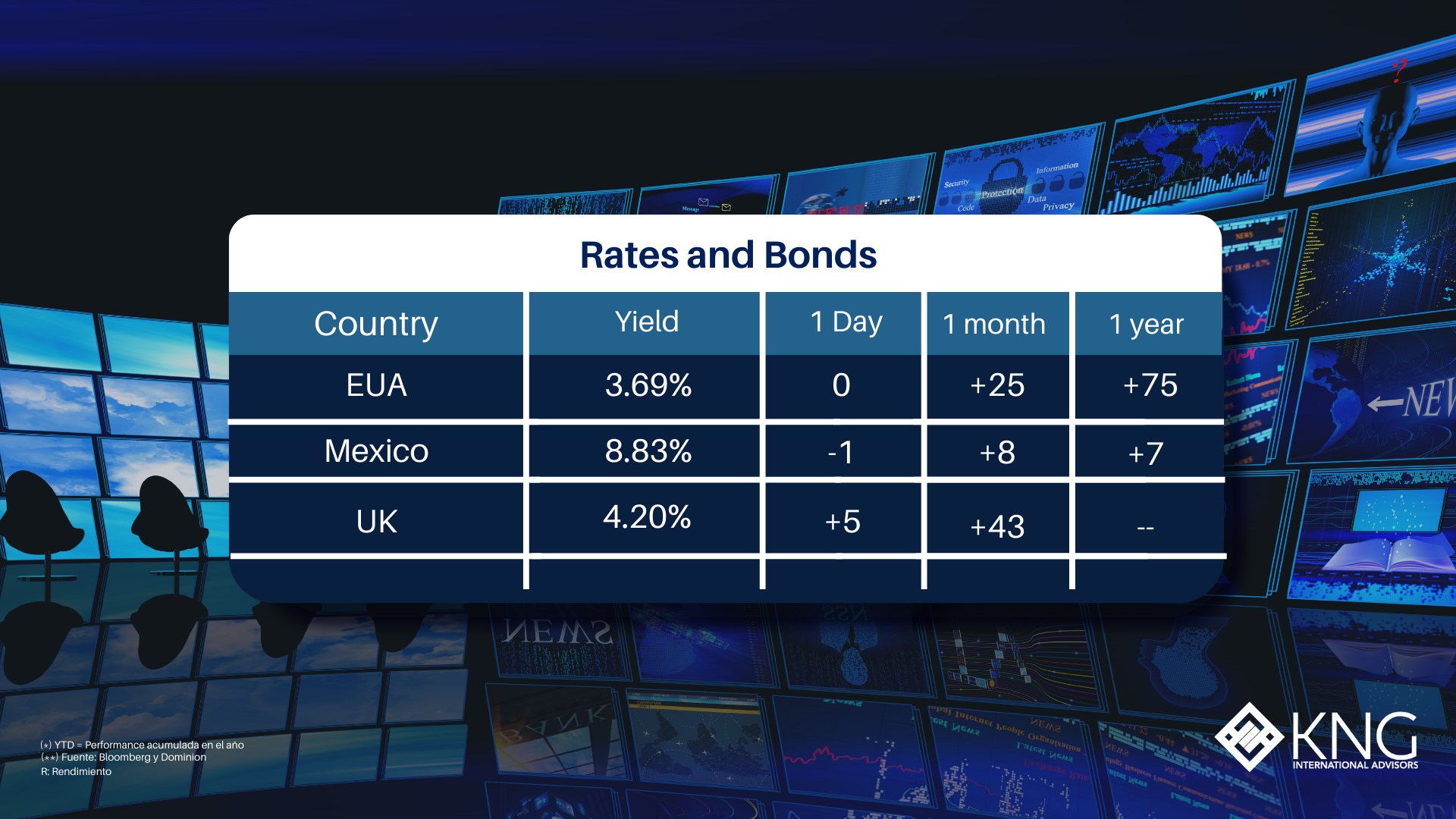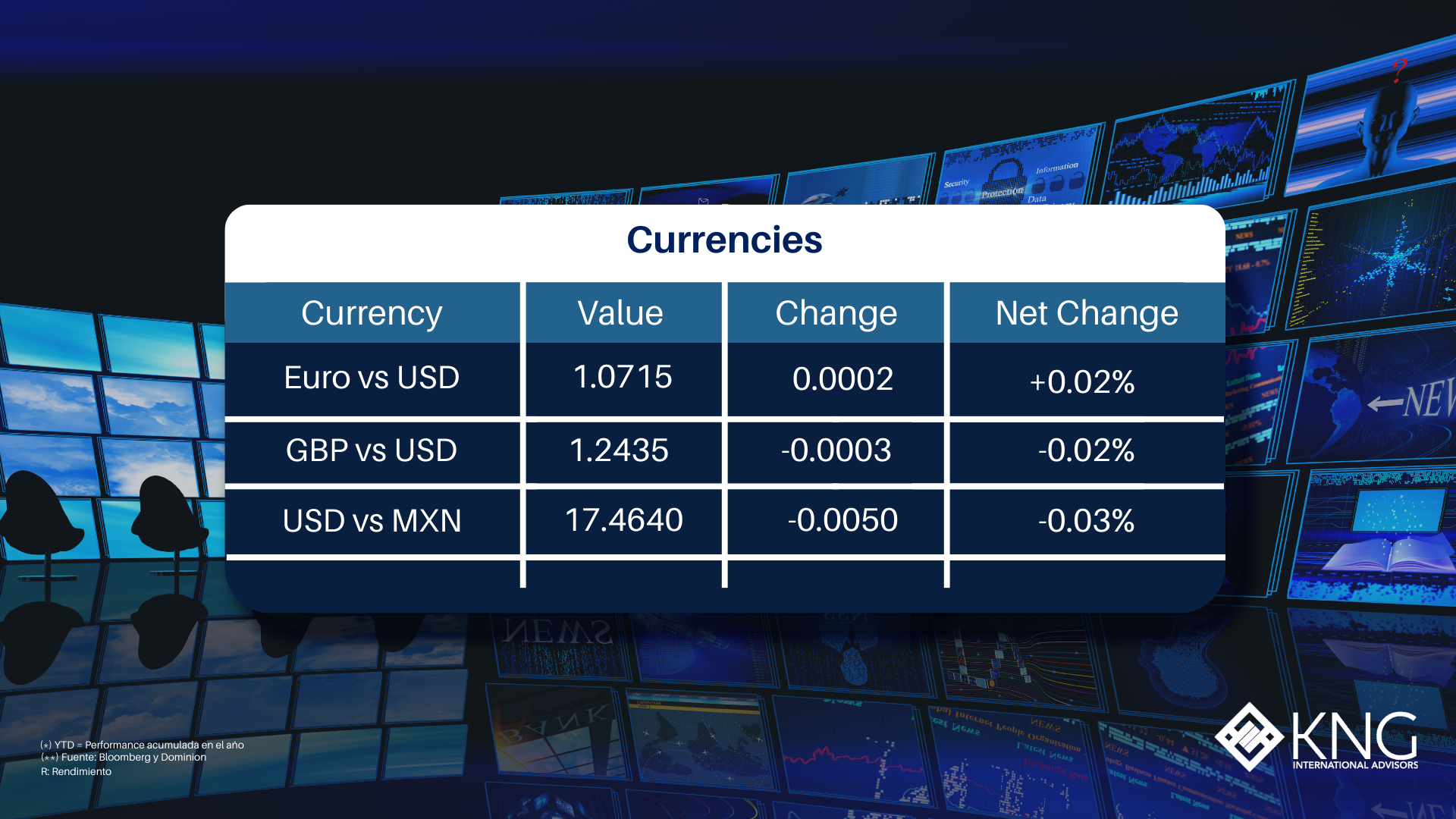Lunes 5 de Junio del 2023




There is a scene in the American crime drama The Wire where police officer Cedric Daniels (played beautifully by the late Lance Reddick) is discussing a complex situation he finds himself in at work, work for Daniels being the dysfunctional and corrupt Baltimore Police Department. Daniels finds himself left with no good options, only options which all seem to lead to more problems and risk for him, whichever decision he makes, an honest cop working for a thoroughly dishonest institution. Over dinner, his wife simply tells him: “the game is rigged, but you can’t lose if you don’t play.”
As an aside before we dig into the relevance of this scene for investors, we would highly recommend watching The Wire because it is a true masterpiece of television drama and includes career high performances from Lance Reddick, Michael Kenneth Williams, Idris Elba, Dominic West, and many other fantastic actors.
Getting back to markets, we think that the advice officer Daniels receives from his wife over dinner is excellent advice for investors trying to invest in major structural trends in the global economy today. We as investors are faced with seismic changes in markets and the industries we invest in via bond and equity markets. New technologies, demographic changes, climate change, these and many other sources of change often result in the old order changing, sometimes very rapidly.
A good example of this is in a sector like electric vehicles. New technologies and growing manufacturing scale are facilitating a generation of electric cars that work just as well if not better than combustion engine vehicles and at similar cost. The transition to a global fleet of cars that are fully electric is well underway. What’s more, new battery technologies are emerging which could further revolutionise the de-carbonisation of vehicles and accelerate this transition. The risks and opportunities are big, but the choices available to investors are daunting.
Which auto companies do you choose to invest in today as the potential winners of tomorrow? Will Tesla maintain its market share 5 years, or 10 years into the future. What about VW, or BMW, maybe Toyota will surprise everyone, perhaps Hyundai, or China’s Geely will emerge as victors in the global competition for domination in electric vehicles. And the same is true for emerging battery technologies. Solid state batteries could genuinely be on the cusp of changing the world, edging out other technologies. Or perhaps incremental improvements in lithium-ion batteries will suffice and this technology will continue to dominate.
The risks of getting this wrong are high, you may end up with an investment which performs very poorly, invested in the wrong manufacturer or technology. Much like the dilemma facing officer Daniels in The Wire, there seem to be no good choices but a lot of potentially bad ones.
But to echo officer Daniel’s wife, you can’t lose if you don’t play. Our advice to investors is: do not play the game in the first place. Be smart and rise above the game of picking winners in highly competitive and uncertain industries. By avoiding participation at all, we guarantee that at the very least, we will not be holding risky investments that underperform because we got the call wrong, because we never made the call in the first place. We didn’t play.
We can also take this one step further. While avoiding the risky game with low probability of success, we can play a different game with much higher chances of success. Pick the winning car company or battery technology in electric vehicles? Low chance of success in your choice, high risk, avoid playing that game. But what about the suppliers of critical materials and components needed in all electric cars, no matter the manufacturer or battery technology? This is a game we can have much more confidence in playing!
Whether it’s BMW, or VW, Chevrolet, or Ford manufacturing an electric vehicle, they will all need to use batteries and wiring which is intensive in its use of copper. Copper is a material unique in its characteristics that makes it perfect (and very hard to substitute) in electric vehicles. It is an enabling material, without which electric vehicles simply would not be a viable technology today.
We also know with a high degree of certainty that over the medium- to long-term, demand for electric vehicles is going to grow a lot. The transition is well underway and will continue. When we plug these future demand numbers into a model of future copper demand, we see demand far exceeding global supplies, which means we can expect prices for the material to rise. This sounds like a good set-up for the suppliers of copper, which is much more supply restricted compared to automotive manufacturing, copper being an increasingly scarce and hard to mine resource.
This and many other areas of potential ‘supply bottle necks’ supporting a major structural trend are where we like to go hunting as investors. We avoid ‘playing the game’ in any trend, whether it be AI, electric cars, or many other sectors, where debate rages about who out of many competitors will ‘come out on top’ in the end. Better we think to avoid playing that game, and instead play another game, a game where you find the suppliers of the materials, products, and services that all of the competitors will need to use. We gain exposure to the trend, without taking the risk of picking a loser!
We would like to thank Dominion Capital Strategies for writing this content and sharing it with us.
Sources: Bloomberg, Yahoo Finance, Marketwatch, MSCI.
Copyright © 2023 Dominion Capital Strategies, All rights reserved.
Disclaimer: The views expressed in this article are those of the author at the date of publication and not necessarily those of Dominion Capital Strategies Limited or its related companies. The content of this article is not intended as investment advice and will not be updated after publication. Images, video, quotations from literature and any such material which may be subject to copyright is reproduced in whole or in part in this article on the basis of Fair use as applied to news reporting and journalistic comment on events.